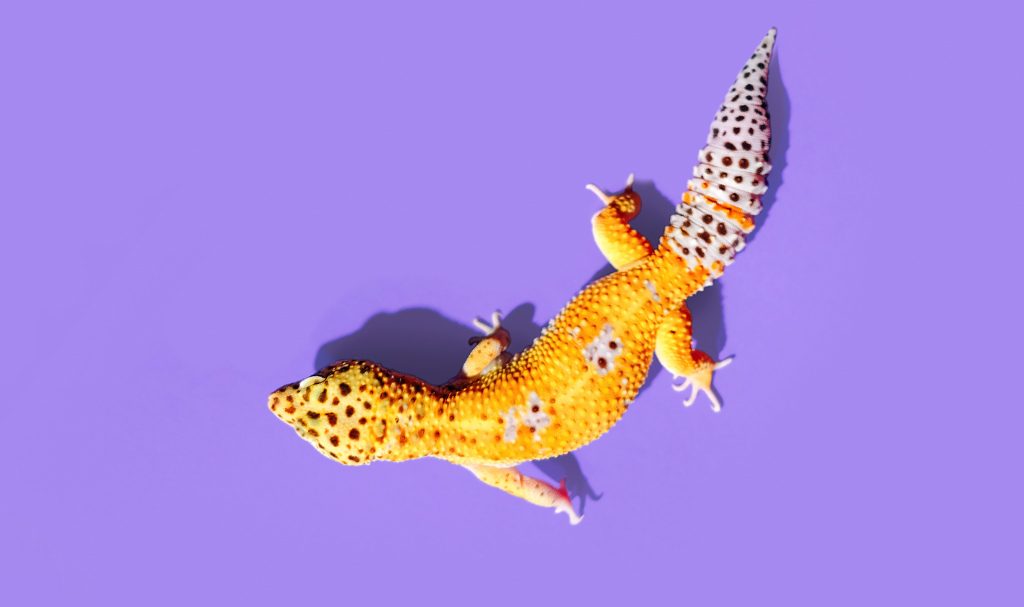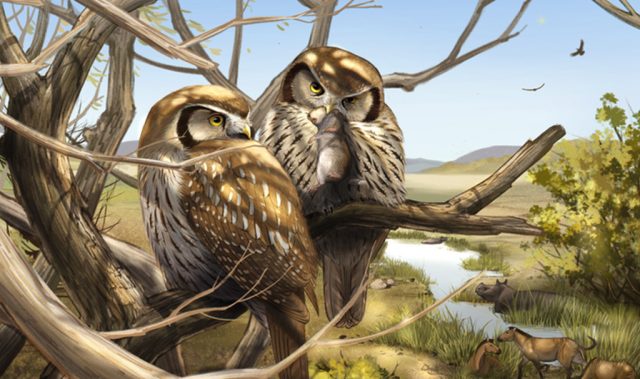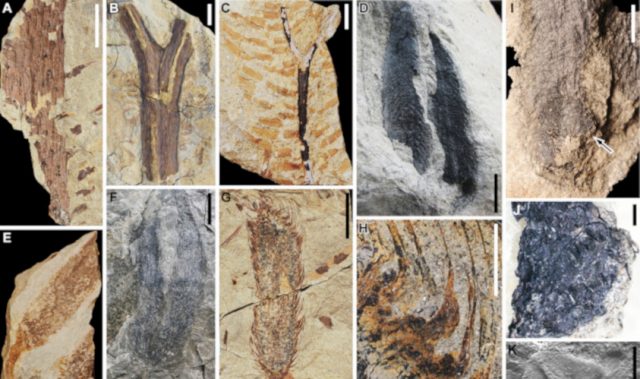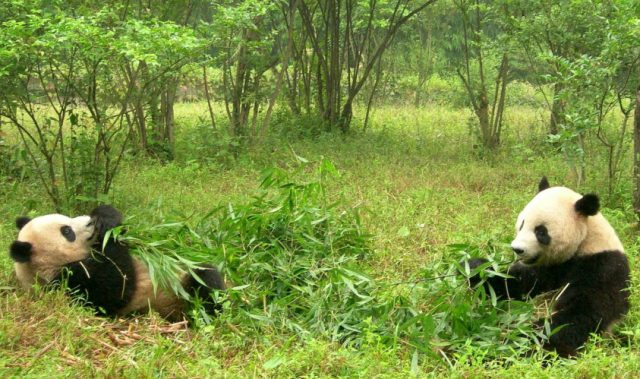
AsianScientist (Nov. 9, 2020) – While we occasionally hear about the poaching of rhinos and elephants in the news, these animals are far from the only species being illegally exploited. According to a Thai-Chinese team, almost 4,000 of all known reptile species are being traded online with little international regulation. Their findings were published in Nature Communications.
For most of us, the word ‘pet’ likely conjures up images of a cuddly dog or cat. In certain parts of the world, however, reptiles like snakes and lizards are increasingly popular pets. With their exotic appeal and relative ease of care, reptiles are ideal for pet owners living in urban areas with limited space and access to the outdoors.
Unlike dogs and cats, however, many pet reptiles are not bred in captivity. Instead, they are snatched from the wild, contributing to the ongoing biodiversity crisis. Moreover, reptiles are consistently overlooked by world trade regulations. Though the Convention on International Trade in Endangered Species of Wild Fauna and Flora (CITES) was created in 1973 to protect endangered wildlife by banning and limiting their trade, its regulations primarily cover only charismatic, high-value species. Thus, thousands of traded reptiles remain largely unmonitored.
To address this gap, a combined team of researchers from Thailand’s Suranaree University of Technology and China’s Xishuangbanna Tropical Botanical Garden (XTBG) scoured online data from two international trade databases and 24,000 web pages covering 151 reptile retailers. For the latter, the researchers used an algorithm to scrape information associated with 11,000 known reptile species in five languages: English, German, Spanish, French and Japanese. The team’s analyses revealed several insights about the state of reptilian trade.
Between 2000 and 2019, almost 4,000 reptile species were being sold online, amounting to over 36 percent of all known species. They also found that nearly 80 percent of traded species were not covered by CITES regulations. Without CITES protection, these species can more or less be freely traded. Worryingly, about 90 percent of traded reptile species and half of the traded individuals were obtained from the wild. When the team mapped the origins of these species—many of which were either endangered or range-restricted—they found that they were mostly concentrated in Asia.
As a testament to the demand for rare and exotic pets, the authors also found that at least 133 newly discovered species were already being sold shortly after being described to science. This meant that online sellers were actively using species descriptions to locate and capture the newfound reptiles.
Alarming as they might be, the team’s findings are likely to be an underestimate of the true scale of reptile trade. Further research efforts could therefore consider including more languages in their analyses, as well, scraping private reptile trade groups on social media platforms for data.
In the meantime, they suggest reversing the status quo in reptile trade practices. Instead of allowing species to be freely traded until given CITES protection, trade should be banned by default. Only species listed by CITES should be legally traded. Until then, the authors emphasized that current regulations will continue to fail reptiles.
“If we fail to mitigate the impacts of unregulated, but legal trade, small-ranged and endemic species may be the next victims of the ongoing biodiversity crisis,” said corresponding author Dr. Alice Hughes from XTBG.
The article can be found at: Marshall et al. (2020) Thousands of Reptile Species Threatened by Under-regulated Global Trade.
———
Source: Chinese Academy of Sciences; Photo: Fukayamamo/Unsplash.
Disclaimer: This article does not necessarily reflect the views of AsianScientist or its staff.












